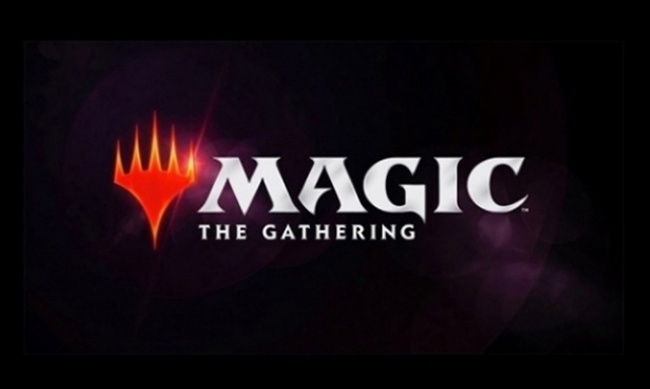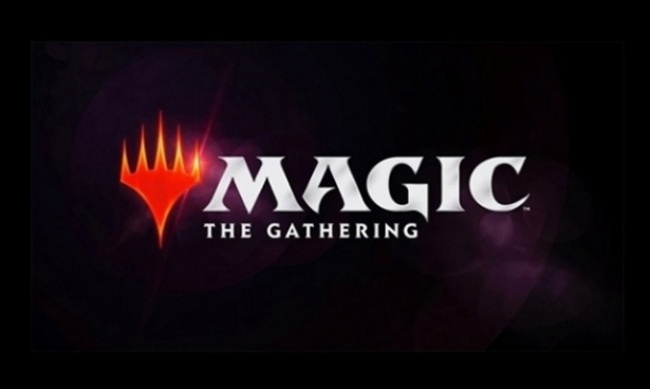Upper Deck, one of the pioneers of parallels in the trading card industry, defines them as follows:
"A card that is a serial numbered version of another non-serial numbered card. For instance, a base card would be unnumbered, but a parallel of that base card would have a serial number. Parallels typically have the same design and photo, but offer different color schemes."
While the Magic parallels that have been revealed so far don't feature new color schemes (as color is actually a mechanic in the game and doing so might affect gameplay), they do feature serial numbers and otherwise fit the bill. The print run numbers are stamped on the card to indicate both what number a card is in the run and the total size of the print run. Cards with lower print runs are sometimes more valuable, depending on their desirability.
The move to parallels is part of a broader strategy by WotC to ramp up the number of individual card variants available on the market by printing showcase cards, borderless cards, and Secret Lair special sets. The increase in variants may be driven, in turn by the increasing number of Magic products the company is releasing each year (see "'Magic: The Gathering' Release Calendar for 2020/2021").
Parallels are not a new phenomenon in the trading card industry, this is simply the first time WotC has employed this tactic with Magic: The Gathering. Parallels have shown up regularly in sports trading card packs since the early 90s. As far the games industry goes, Japanese TCGs, such as Bushiroad's Weiss Schwarz (see "'Weiss Schwarz' Sets") and Bandai's Dragon Ball Super Card Game (see "'Dragon Ball Super' Goes 'Mythic'"), have been including parallels in their booster sets for some time now.
One of the classic strengths of Magic, important to both gameplay and branding, is its card art recognition amongst the player community. Essentially, players know what cards do because they recognize their artwork when played. Magic's card art recognition is so strong that WotC has printed textless variants of cards like Lightning Bolt, Wrath of God, and Damnation and integrated those cards into gameplay without issue. Players not having to constantly read card text keeps gameplay moving along and allows players to play faster, part of an enjoyable play experience and an important brand attribute.
The more parallels and variant printings of cards out there, the more challenging card art recognition may become. This is an even bigger issue with the Universes Beyond sets (see “Wizards Rethinks their Approach to ‘Magic: The Gathering’ ‘Universes Beyond’ Releases”), in which parallels of staple cards could also have artwork of a secondary licensed brand as well as an entirely different name for the card.Without solid card art recognition, players could end up spending more time reading the text of multiple versions of the same card, which leads to slower, less satisfying gameplay and poor associations for the brand. WotC will have to manage this move carefully to avoid those pitfalls.





